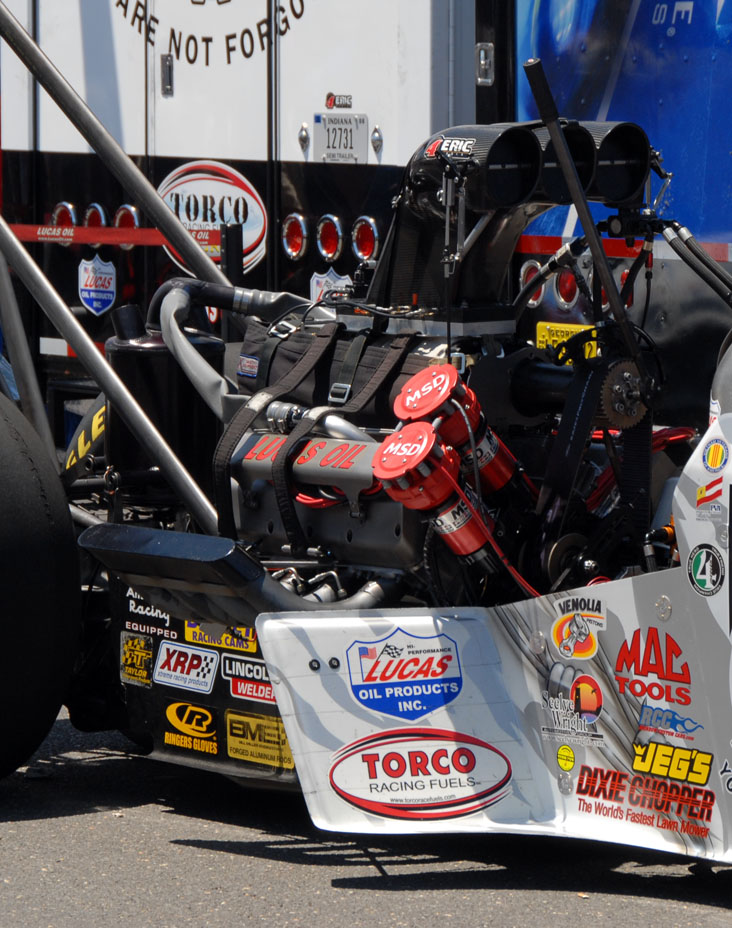 |
|
First gaining popularity in the USA after World War II, the sport steadily grew in popularity and spread across the globe. By 2009, there were hundreds of dragstrips in operation, mainly in developed countries.
Most drag races begin with a standing (stationary) start and are just 1/4 mile long (1,320 ft (400 m)). Races last between 3.9 and 17 seconds, with finishing speeds ranging from 80 to over 330 mph (530 km/h), depending upon the type of vehicle being used. The faster vehicles then need a parachute to slow down, an innovation credited (indirectly) to cartoonist Tom Medley.
|
|
My first race start at US Army Base Hanau in 1982. I driven everything from supercharged gas dragsters to Top Fuel dragsters, the latter of which I campaigned between 1983 and 1984.
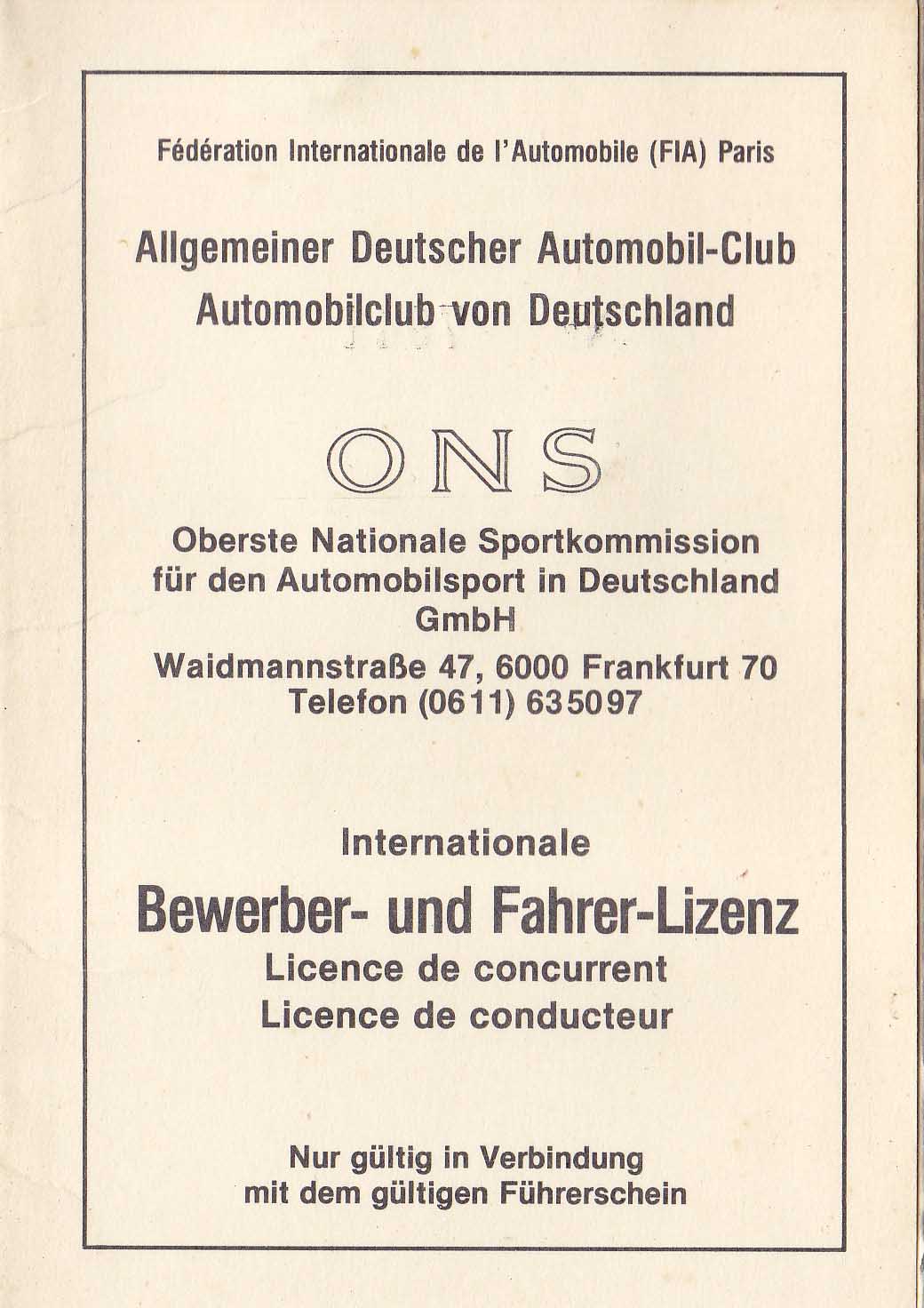 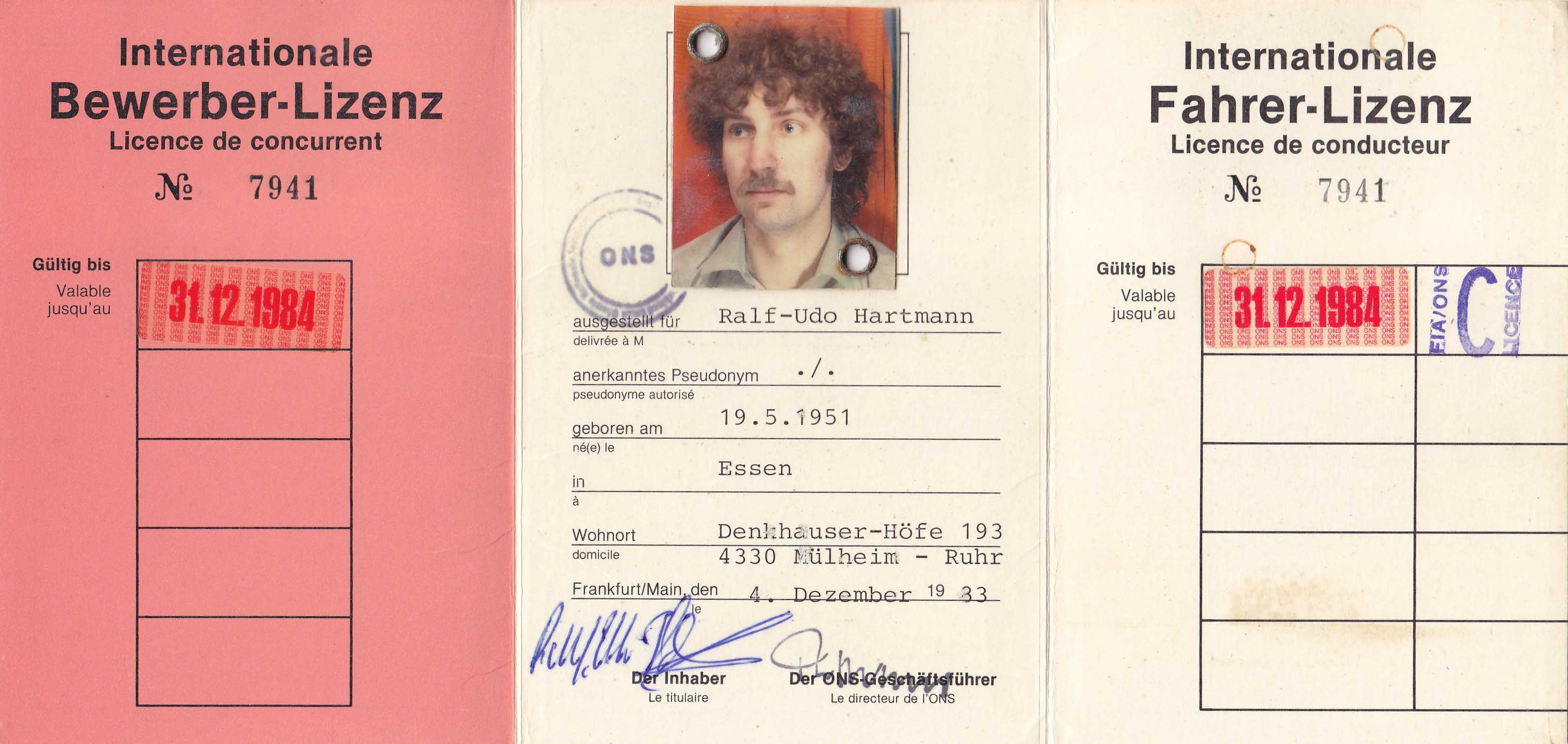 |
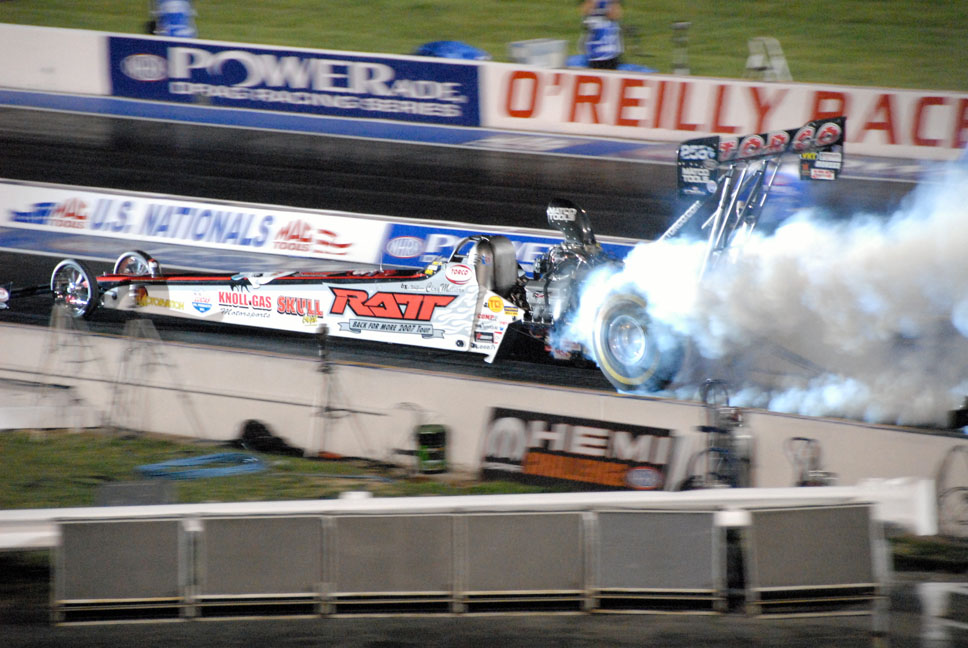 |
Each driver then lines up (or stages) at the starting line. Informal drag races can be started by any means, including flag-waving and arm-dropping. These methods are more likely to be seen in an un-professional setting, being most popular with illegal street racing. Professional drag races are started electronically, with a series of vertically-arranged lights known as a "Christmas tree" or just "tree". A "Christmas tree" consists of a column of lights for each driver/lane. In each column, the top two lights are small amber lights connected to light beams on the track, which when broken by the vehicle's front tire(s) indicate that the driver has pre-staged (approximately 7 inches (180 mm) from the starting line) and then staged (at the starting line). |

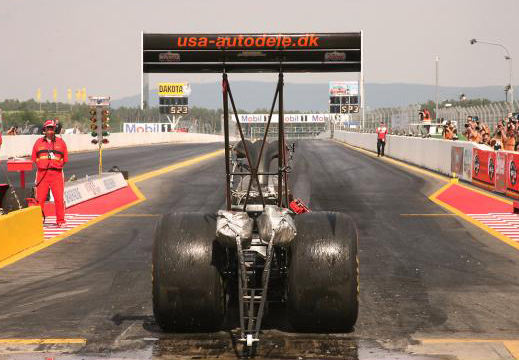 |
|
Several measurements are taken for each race: reaction time, elapsed time, and speed. Reaction time is the time from the green light illuminating to the vehicle leaving the starting line. Elapsed time is the time from the vehicle leaving the starting line to crossing the finish line. Speed is measured through a speed trap near the finish line, indicating the approximate maximum speed of the vehicle during the run. Top Fuel Dragsters and Funny Cars are now running 330 mph (530 km/h) in a quarter-mile [1,320-foot (400 m)] race.
|
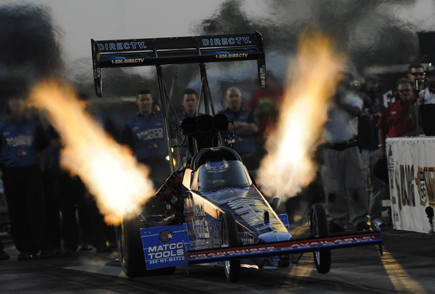 |
Because elapsed time does not include reaction time, a car with a faster elapsed time can actually lose. In practice, it is advantageous for the driver to "jump the gun" by a fraction of a second, starting the car during the split-second interval between when the yellow light goes out and the green light goes on.
Once a driver commits a red-light foul, the other driver can also commit a foul start by leaving the line too early but would win, having left later. A driver who gets a substantial lead at the start is said to have gotten a "holeshot." A win where a driver wins a race with a higher elapsed time but lower reaction time is known as a "holeshot win."
|
It is also possible for a driver to be disqualified for other infractions, depending on the rules of the race, including crossing the centerline between lanes, touching a wall, striking a track fixture, failing to stage, failing a tech inspection, or running faster than expected/allowed for the assigned class. In boundary line violations, if the offending driver has made a clean start, and the red-light driver does not commit the violation unless forced by the offending car for safety reasons, the driver who committed a red-light foul wins.
In the common Eliminator racing format, the losing vehicle and driver are removed from the contest, while the winner goes on to race other winners until only one is left. In cases where a driver has no opponent for a round, the driver makes a solo pass or "bye run" (in order to at least partially eliminate the advantage that would otherwise come from the engine having one less run on it) to advance to the next round. In most Eliminator formats, the bye runs take place only in the first round.
